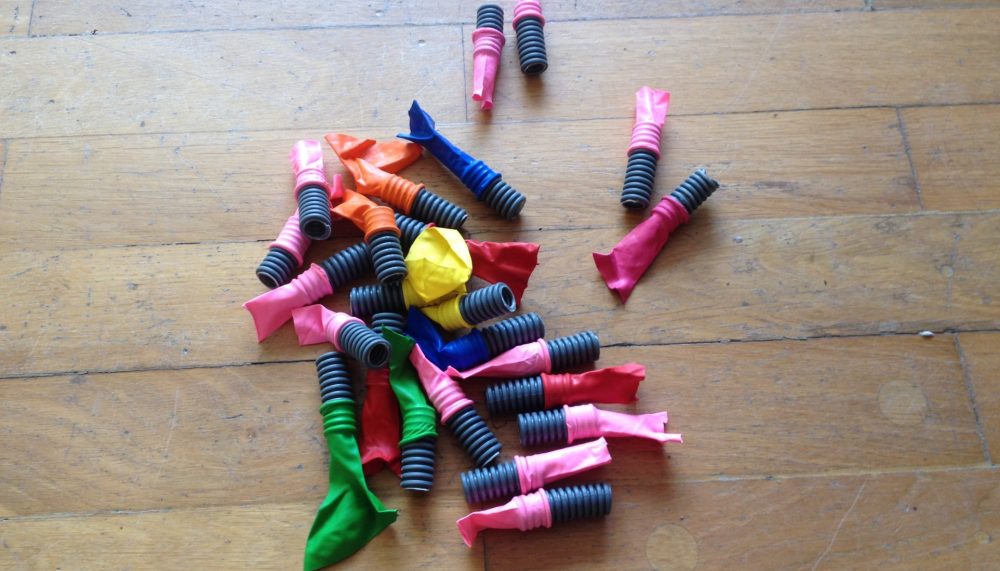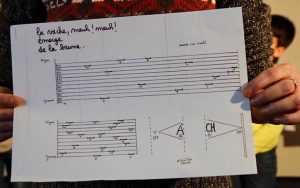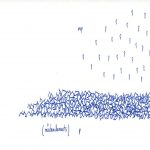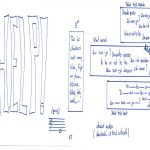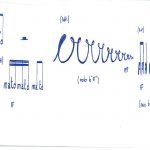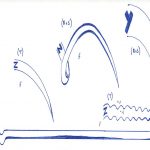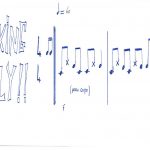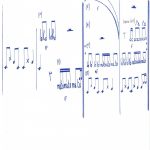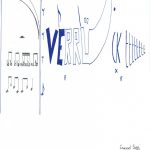Summary
Through group musical play, engender desire, to inspire, to sharpen the curiosity and the invention, to motivate the group, to gradually bring to the investment of all the participants to the collective composition.
Contents:
- Group play to encourage creativity
- Models in short forms to present to small groups
- Encourage students to create their own forms in small groups
- Integrate different musical parameters (speeds, tempo, nuances, crescendo decrescendo, silences, ostinato, peaks, etc.)
- Note markers for memorizing and keeping track of invented musical forms
Part 1: Voice games: transformations
Part 2: Voice Invention from a Haïku
Part 3: Sound movement
Part 4: The class makes a sound and then composes a sequence by inventing a story inspired by the sounds
Duration: 5 to 20 min
Age: from age 6
Key words creativity and entrepreneurship: Enthusiasm, Transformation in production, Development of ideas and solutions, Imagination, Interaction with the environment, Working in teams
Description
Part 1 Voice games: transformations
Duration: between 5 and 10 min
Age: from age 6
Game inspired by the work of the composer Guy Reibel Musical Play: essay on musical invention. Volume 1: Jeux vocaux, (Éditions Salabert, Paris, 1984).
Description: copy a particular sound, grouped in a circle.
Imagine, choose and produce vocally sound (A) the most characteristically as possible, (do not be afraid to exaggerate its intention, use of onomatopoeia, the sounds of nature imitations, environment, machinery etc).
Pass this sound (A) to a neighbour who is to reproduce it identically, and then transforms into his sound (B). Then give this sound to his neighbour (B) and so on.
Competencies
The pupils are able to:
- invent with the voice, associate an intention to sound and gesture.
Advice:
- before, conduct a short sequence of vocal warm-ups together, do not start “cold”.
- to distort the sound, associate the gesture with the sound and the transformation of the sound, stretch, knead, crush, refine, stifle; etc.
Inspiration:
Cathy Berberian Stripsody
John Cage Aria
Part 2 Voice Invention from a Haïku
Duration: between 10 and 20 min
Age: from age 6
In the old pond
A frog jumps
And plop! into the water
Matsuo Basho (1644-1695)
Description: set up a sequence that combines a directed part and another rather free, on the text of Haiku.
Divide the group into three groups:
- The first group sings as slowly as possible “In the old pond” (At their own pace and each chooses the pitch of his voice)
- The second group sing / say as fast as possible “A frog jumps” from time to time (suddenly, as a surprise, as a jump).
- The third group sings sounds punctually: different sounds of “plop!”. Only this group is led by a leader.
Variations: experiment with the different starting and ending possibilities, the interaction between the groups and the different spatial configurations possible.
Suggestions: record and listen by making a graphic representation of what you hear.
Competencies
The pupils are able to:
- adopt the text of a Haiku, to invent a music from several elements coming from the same Haiku;
- broaden with sounds and music events that one “does not see”, that one guesses, that one imagines and that participate in the situation, of the image;
- vary the timbre, on the glissandi, on the articulation of the sound materials, on the breathing.
Inspiration: studies of Haïkus set to music
Vache Meuh Meuh by Victor Flusser, with the kind permission of Éditions Mômeludies
Haïfu by Emmanuel Babbi
Ouverture de la Nef des fous in the manner of a haiku set to music
First attempt in improvisation by the students on a haiku written themselves
Preparation: see Impulsion: Voice, body, “sound bodies”, instruments
Part 3 Sound movement
Duration: between 5 and 10 min
Age: from age 8
Contents: Musical invention led by a dancer
Prerequisites: the group has already explored the instruments / sound bodies to be used for this sequence.
Experimentation and selection steps have already been conducted (each participant has mastered a number of variations of sounds).
Description: the leader / dancer is at the centre of the circle.
By his movements (his dance) it will propose various sensations.
Synchronization is fundamental: a gesture = a sound, no gesture = silence
Those who have settled in a circle around the dancer do not all see him in the same way. Only play those who distinguish a gesture, a look. This allows the dancer / leader to manage the number of musicians, it is a way of orchestrating and making choices.
The musicians only “play” the movements they see.
Similarly, the eyes of the dancer / leader will not be visible to everyone: this will allow him by this constraint to create groups of plays.
The experience should a fresh correspondence between gesture and sound and not fixed in advance. It is a question of interpreting at every moment, to be as a musician in a creative attitude like the dancer.
Competencies
Students are able to:
- achieve of a moment of collective musical invention following the propositions of a “leader / dancer”;
- adopt the text of a Haiku, to invent a music from several elements coming from the same Haiku;
- broaden with sounds and music events that one “does not see”, that one guesses, that one imagines and that participate in the situation, of the image.
Other experiments
Les jeux vocaux Guy Reibel
Dessine-moi la musique by Guy Reibel, DVD presentation: making singing alive through drawing, gesture, drawing the outlines gradually the music develops, so that little by little the idea is affirmed.
Part 4 The class makes a sound and then composes a sequence by inventing a story inspired by the sounds
Duration: around 15 min
Age: from age 7
Description:
- Give each student a drumstick
- Each searches for using his stick for a sound that seems interesting by hitting, rubbing or other mode of playing an element in the classroom (tables, cabinets, flooring, boxes, books, doors, benches etc).
- Present the group the found sounds, comment, build them into a fantasy.
- Isolate some sounds not chosen by the children, organise them according to the imagination as in a film score
Example:
rubbed sounds in drawer bottom: the car wont start,
sounds struck on metal frame: the car is broken down,
sounds made by hitting PVC: birds peck tires,
sounds struck on metal: birds pecking the body,
sticks run along the wooden slats of a bed: it is raining again.
What a day!!!
Competencies
The pupils are able to:
- invent with the voice, associate an intention to sound and gesture;
- adopt the text of a Haiku, to invent a music from several elements coming from the same Haiku;
- achieve of a moment of collective musical invention following the propositions of a “leader / dancer”.
Materials
Module Overview
|
